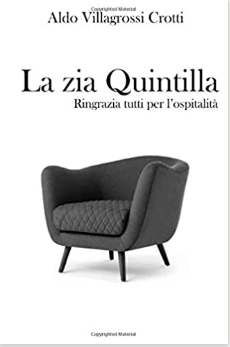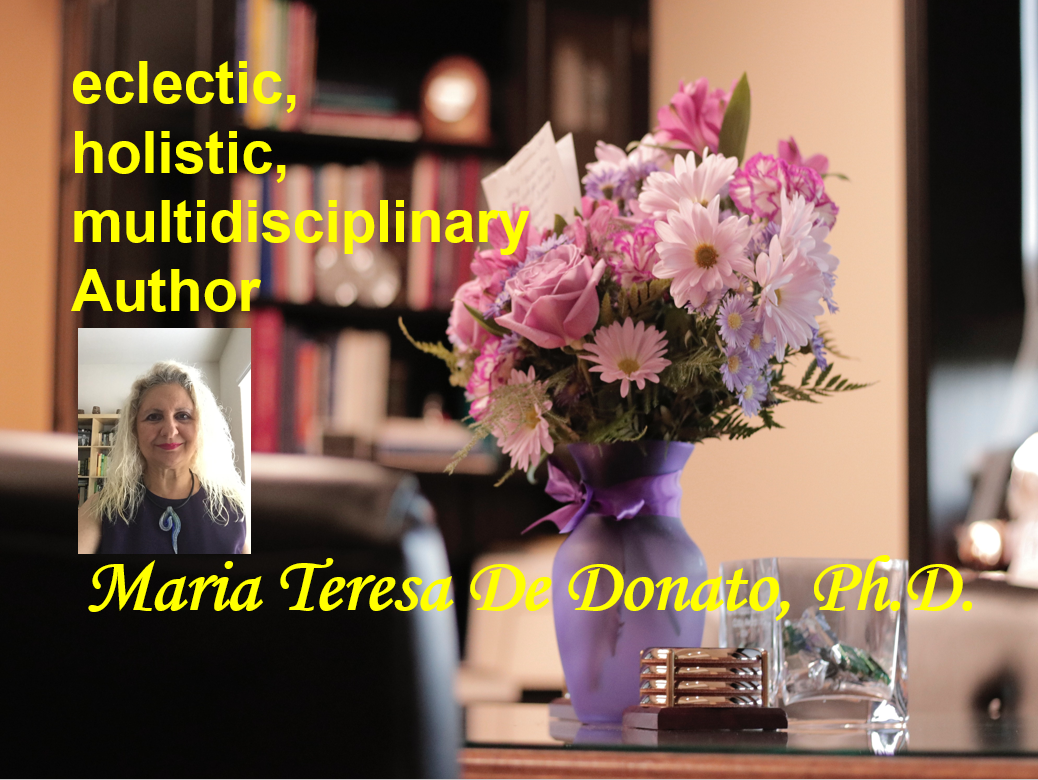
We are in the years 1972-1985. On the occasion of Shabbat and other special events, the author, quite young at that time, and his family meet together with other relatives in the dining room of Aunt Ida and Uncle Ivo. All sit around the large table set where, in harmony with the best Jewish and family traditions, the numerous dishes prepared in strict observance of the Torah and the Talmud are served.
These circumstances can be extremely pleasant, generally thanks to Uncle Adolfo’s anecdotes, or rather heavy and even gloomy, when Aunt Ada – the family’s historical memory – shows her determination to remind those present, but above all with the intent to educate her great-grandchildren, of the persecutions that the Jews have endured over the centuries and in which many, too many of them, have lost their lives, jobs or whatever position they had reached in society.
Is it necessary to explain to the children dramatic events that occurred hundreds of years earlier, in particular that of Siena in 1799? – Mum Luciana wonders. Absolutely, firmly maintains Aunt Ada “dismissed from her job” – though highly esteemed as an outstanding teacher by all the people in town, fascists included – in 1938 following the entry into force of racial laws, since “it is history that teaches us how to live, and certainly not life that teaches us history. “
History, therefore, must not only be studied, even though at school subjects such as these are not taught at all, but it must be remembered because it helps us to reflect on the past and understand it, in the hope of not repeating it. The situation, as events over the centuries have shown above all to the Jewish community, can suddenly precipitate. It is not so much about money, as Aunt Ada says, the common denominator that unites Christians against Jews, because money is, or can be, found everywhere. The unifying factor against the Jews is a different one: they are the murderers of Christ. And when you leverage this, something Hitler perfectly understood, you have everybody on your side. All lined up against the Jews. Hitler himself and his infernal machine at this point are seen as instruments of unification, purification, and salvation and, therefore, fair.
In a captivating narrative style, characterized as much by depth of thought and content as by a sharp sense of humor, Aldo Villagrossi Crotti makes us participate not only in the Jewish history as known to us all, but also in Judaism as lived within the family. The speeches made, however, are not always so serious and demanding. They are often lightened, in fact, by the amusing memories of characters such as the Francone, a being who looks almost human, somewhat bulky and equally noisy, and by a whole series of events that take place in a small town in the province of Mantua, such as Marmirolo, where everybody knows everything about everyone else… or so it would seem.
Youthful loves that are born, explode and set within a few meters and seconds are also remembered by the author, as well as the funeral of his great-great-grandfather, that is his grandfather Angelo, a Garibaldian hero who participated in the expedition of the Thousand at the young age of sixteen, wearing a red shirt and phylacteries, injured in battle by a bullet and whose hearse during the procession were blocked, for a few moments that seemed like an eternity, by the German soldiers in search of possible hidden ammunition.
And so while everyone does their part by exchanging opinions, glances, memories, laughter and even some menace that sees order and calmness being immediately restored by the intervention of the meter and 95cm of Uncle Ivo who puts everyone back in line, a character provides the background of the story, always keeping a low profile, sitting on the armchair, watching, as a silent spectator, everything that happens around her.
It is Aunt Quintilla, who survived Auschwitz-Birkenau and suffers from post-traumatic stress disorder. Present at all family events, she arrives on time by car with Aunt Ada and Uncle Luca, a notary. She listens carefully to everyone, laughs amused, touches her forehead with her hand, answers in monosyllables: never a speech, never a full sentence… Yet at some point it turns out that she does speak … in her sleep …
But what exactly does she say? And above all, why does she speak in German?
A fluent and pleasant reading novel that will fascinate the reader, reminding them that there is only one race – the human race to which we all belong – and that will leave them with a question, or better said, with a mystery to solve: Who is Aunt Quintilla?
https://www.amazon.com/Quintilla-Italian-Aldo-Villagrossi-Crotti-ebook/dp/B086L14P6L/ref=sr_1_1?dchild=1&keywords=La+zia+Quintilla&qid=1593294686&sr=8-1

